
Belgian culture involves both the aspects shared by all Belgians regardless of the language they speak and the differences between the main cultural communities: the Dutch-speaking Belgians (Flemish) and the French-speaking Belgians. Most Belgians view their culture as an integral part of European culture.
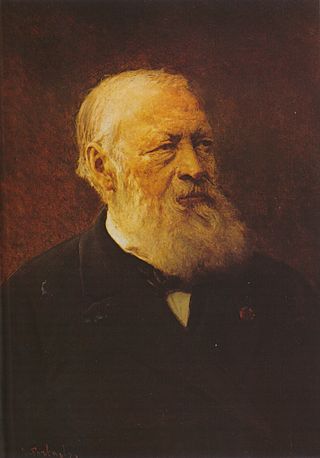
Henri (Hendrik) Conscience was a Belgian author. He is considered the pioneer of Dutch-language literature in Flanders, writing at a time when Belgium was dominated by the French language among the upper classes, in literature and government. Conscience fought as a Belgian revolutionary in 1830 and was a notable writer in the Romanticist style popular in the early 19th century. He is best known for his romantic nationalist novel, The Lion of Flanders (1838), inspired by the victory of a Flemish peasant militia over French knights at the 1302 Battle of the Golden Spurs during the Franco-Flemish War.
Dutch language literature comprises all writings of literary merit written through the ages in the Dutch language, a language which currently has around 23 million native speakers. Dutch-language literature is the product of the Netherlands, Belgium, Suriname, the Netherlands Antilles and of formerly Dutch-speaking regions, such as French Flanders, South Africa, and Indonesia. The Dutch East Indies, as Indonesia was called under Dutch colonization, spawned a separate subsection in Dutch-language literature. Conversely, Dutch-language literature sometimes was and is produced by people originally from abroad who came to live in Dutch-speaking regions, such as Anne Frank and Kader Abdolah. In its earliest stages, Dutch-language literature is defined as those pieces of literary merit written in one of the Dutch dialects of the Low Countries. Before the 17th century, there was no unified standard language; the dialects that are considered Dutch evolved from Old Frankish. A separate Afrikaans literature started to emerge during the 19th century, and it shares the same literary roots as contemporary Dutch, as Afrikaans evolved from 17th-century Dutch. The term Dutch literature may either indicate in a narrow sense literature from the Netherlands, or alternatively Dutch-language literature.
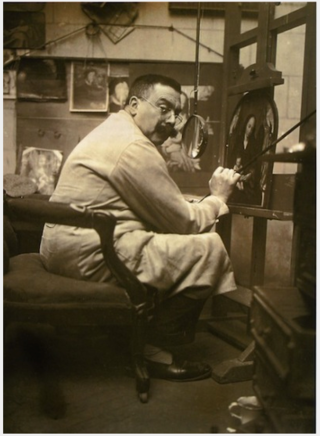
Josephus Maria Van der Veken was a Belgian art restorer, copyist, and art forger who mastered the art of reproducing the works of early Netherlandish painters.

The Royal Museum for Central Africa (RMCA), communicating under the name AfricaMuseum since 2018, is an ethnography and natural history museum situated in Tervuren in Flemish Brabant, Belgium, just outside Brussels. It was originally built to showcase King Leopold II's Congo Free State in the International Exposition of 1897.

The Bonnefanten Museum is a museum of fine art in Maastricht, Netherlands.

The Royal Library of the Netherlands is the national library of the Netherlands, based in The Hague, founded in 1798.
Because modern Belgium is a multilingual country, Belgian literature is often treated as a branch of French literature or Dutch literature. Some writing also exists in the regional languages of Belgium, with published works in both the Walloon language, closely related to French, and also in various regional Flemish or Dutch-related dialects.
Flemish literature is literature from Flanders, historically a region comprising parts of present-day Belgium, France and the Netherlands. Until the early 19th century, this literature was regarded as an integral part of Dutch literature. After Belgium became independent from the Netherlands in 1830, the term Flemish literature acquired a narrower meaning and refers to the Dutch-language literature produced in Belgium. It remains a part of Dutch-language literature.

Louis de Bruges, Lord of Gruuthuse, Prince of Steenhuijs, Earl of Winchester, was a Flemish courtier, bibliophile, soldier and nobleman. He was awarded the title of Earl of Winchester by King Edward IV of England in 1472, and was Stadtholder of Holland and Zeeland 1462–77.
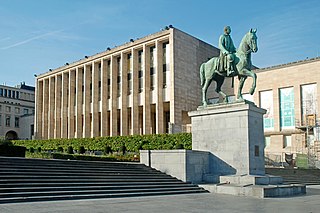
The Royal Library of Belgium is the national library of Belgium. The library has a history that goes back to the age of the Dukes of Burgundy. In the second half of the 20th century, a new building was constructed on the Mont des Arts/Kunstberg in central Brussels, near the Central Station. The library owns several collections of historical importance, like the Library of the Dukes of Burgundy, and is the depository for all books ever published in Belgium or abroad by Belgian authors.

Albertus "Albrecht" Petrus Josephus Mansuetus Ferdinandus Rodenbach was a Flemish poet, and a leader in the revival of Flemish literature that occurred in the late 19th century. He is more noteworthy as a symbol of the Flemish movement, than for his actual activities, since he died at the age of 23. Hugo Verriest called Rodenbach the poet, the soul, the heart, the mind, the word of Reborn Flanders!

The Royal Museums of Fine Arts of Belgium are a group of art museums in Brussels, Belgium. They include six museums: the Oldmasters Museum, the Magritte Museum, the Fin-de-Siècle Museum, the Modern Museum, the Antoine Wiertz Museum and the Constantin Meunier Museum.
Patrick Conrad is a Flemish painter, poet, screenwriter and novelist, and one of the founders of The Pink Poets. He also directed about twenty movies for cinema and television, including – selected for the Cannes Festival - the international cult film Mascara. As a painter and collage artist he showed his Work in about 40 solo exhibitions in Belgium and France and three retrospective exhibitions of his work: in 1975, in 2005 and in 2022 in the Verbeke Foundation. His work is part of important private collections in France, Belgium, England, Scotland, Germany, Holland, Denmark, Australia and U.S. He lived 34 years in the south of France and moved in 2023 to Porto Alegre (Brasil). In Belgium he is represented by the Paul Verbeke galery which published an artbook about his work.
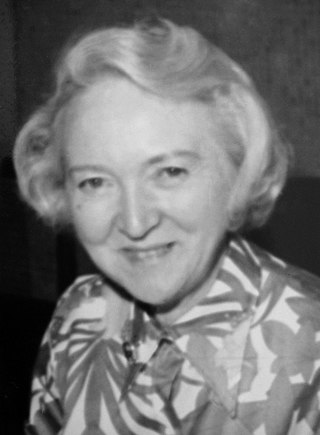
Martha Van Coppenolle was a Belgian artist and book illustrator. She was cited by the 'Letterenhuis - Museum' to be one of the most prolific and influential of all Flemish illustrators. She created pen and ink drawings for over 40 novels and children's books, particularly during the period between 1930 and 1960 within the Flemish region. Her early work leaned strongly towards the Russian Avant-Garde Movement, although she would equally be at ease, creating very colourful and detailed fairy tale illustrative motifs, for certain nursery rhymes when needed. Aside from illustrating, she was equally involved in creating graphic design, ceramic sculptures, oil paintings and furniture design concepts. In the later stages of her life, she gained international recognition as a stained glass artist.

The Hendrik Conscience Heritage Library is the repository library of the city of Antwerp. It is named after the Flemish writer Hendrik Conscience, whose statue adorns the library. The library conserves books and magazines to keep them available permanently.

Catherine de Zegher is a Belgian curator and a modern and contemporary art historian. She has a degree in art history and archaeology from the University of Ghent.
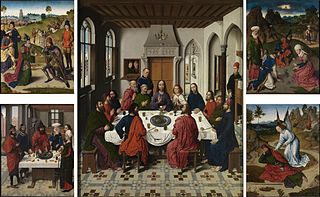
Altarpiece of the Holy Sacrament or Triptych of the Last Supper is a 1464–1468 dated folding triptych with at least five panel paintings attributed to Dieric Bouts, now reassembled and held at its location of origin in the eastern choir chapel of St. Peter's Church, Leuven, Belgium.
Angèle Georgette Ghislaine Manteau, born in Dinant on 24 January 1911 and died in Aalst on 20 April 2008, was a Belgian publisher. According to the Royal Flemish Academy of Belgium for Science and the Arts, which presented her with an award in 2003, she was "the main Flemish literary editor of the twentieth century" and her publishing house has "undoubtedly left its mark on the history of Flemish literature".

The Phoebus Foundation is an art foundation with philanthropic objectives. The foundation acquires works of art, guarantees a professional framework of conservation and management, and looks after the conservation and restoration of the objects. In doing so, it focuses on scientific research. It shares the results of this all with the widest possible audience, through exhibitions, cultural expeditions, symposiums and publications.





















